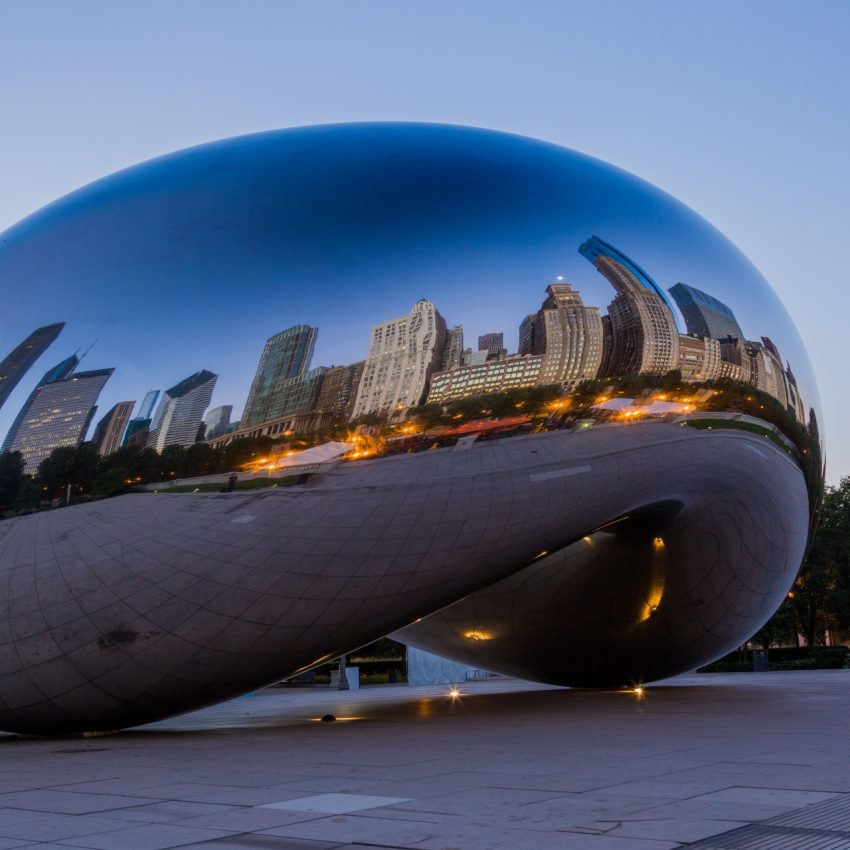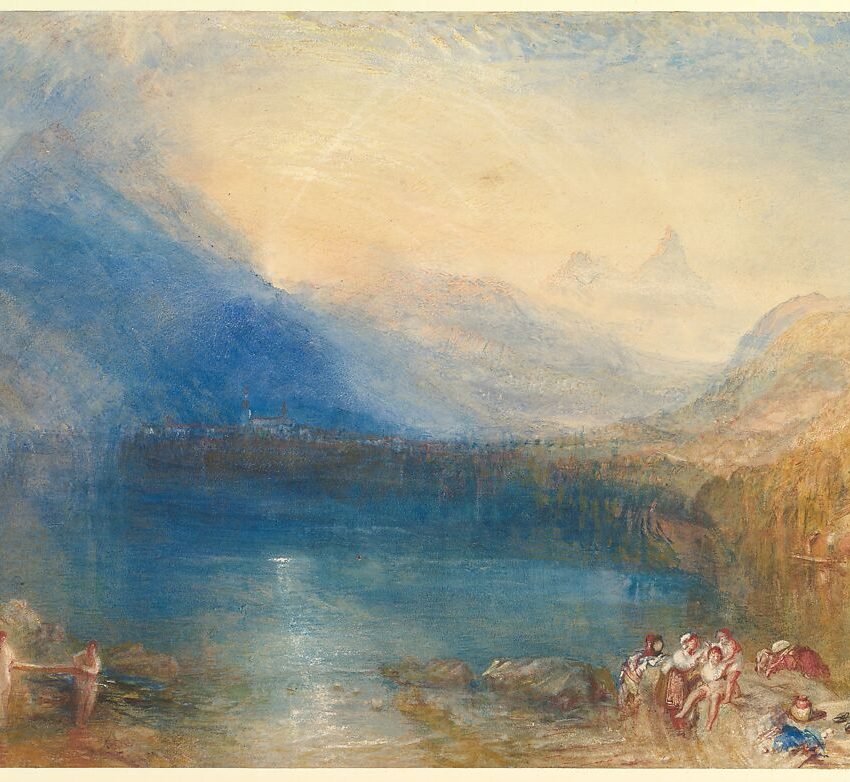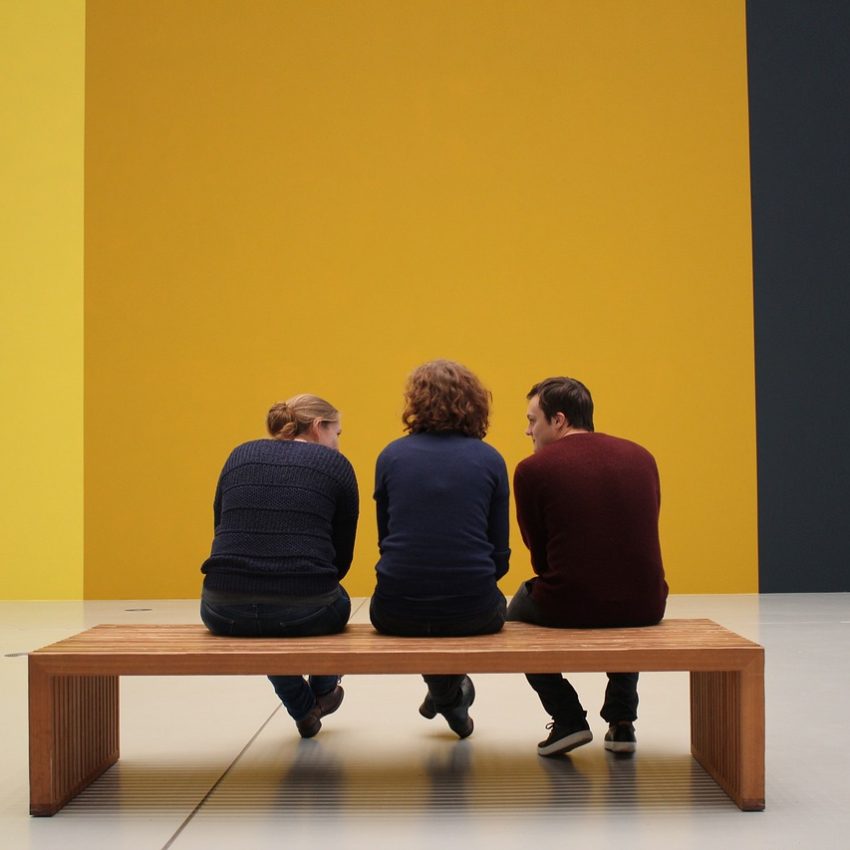Andy Warhol Pop Art Icon and Cultural Provocateur
Andy Warhol, the enigmatic figure behind the iconic Campbell’s Soup Cans and the mesmerizing Marilyn Diptych, remains a central force in the art world, with his pieces prominently displayed in the Museum of Modern Art in New York.
Andy Warhol was more than just an artist; he was a symbol of his time.
From his legendary Factory to his collaborations with musicians like the Velvet Underground, he embraced the eclectic and the avant-garde.
His exploration of the interplay between artistic expression, advertising, and celebrity culture revolutionized the 1960s and continues to resonate today.
In this article, we delve into the kaleidoscopic universe of Andy Warhol, tracing his journey from Pittsburgh to the pulsating heart of New York’s art scene.
Why You Should Care About Andy Warhol
Before we plunge into the vibrant canvas of the artists life and work, let’s address the question: Why should you be intrigued by this pop art luminary?
Pop Art Revolution
Warhol spearheaded the Pop Art movement. A movement that emerged in 1950s America, challenging traditional boundaries and elevating everyday objects into high art.
His vibrant, mass-produced images disrupted the art establishment.
Celebrity Culture
Warhol’s fascination with fame and celebrity—embodied in his portraits of Marilyn Monroe, Elvis Presley, and Mick Jagger—offers a lens into our obsession with stardom.
Multimedia Maverick
Beyond paintings, Warhol dabbled in film, photography, and sculpture. His Factory—a creative hub where art, music, and eccentric personalities collided—became legendary.
Origins and Early Career
From Andrew Warhola to Andy Warhol
Born Andrew Warhola, the transformation of this iconic American artist was indeed gradual but seismic.
Born and raised in Pittsburgh on August 6, 1928, as Andrew Warhola, he began his journey as a commercial illustrator. His early years were marked by his work in advertising and as a freelance illustrator, where he honed his skills and developed a keen eye for commercial art.
However, it was in the late 1950s, after showcasing his work in various galleries, that he started gaining traction as a significant and polarising figure in the art world.
However, it was his gradual evolution into the avant-garde artist known as Andy Warhol that would forever change the landscape of the art world.
Embracing his unique vision and techniques, Warhol transitioned from commercial work to fine art, challenging traditional notions of artistry and redefining the boundaries of contemporary art.
Through his innovative approach, Warhol would go on to revolutionize the art world, leaving an indelible mark on art history that continues to resonate to this day.
Following his success as a commercial illustrator, Warhol began to explore new avenues of artistic expression, leading to his experimentation with political imagery in the late 1960s.
Among his most iconic series from this period are the Mao paintings, which represent a departure from his earlier works.
In these paintings, Warhol takes an official propaganda image of the Chinese Communist leader and transforms it into his unique interpretation, employing striking and unconventional color combinations reminiscent of his screen prints featuring celebrity icons.
Through this series, Warhol blurs the lines between high art and political commentary, challenging viewers to reconsider familiar images in new and unexpected ways.
His ability to engage with diverse subject matter, from celebrity culture to political iconography, underscores his status as a visionary artist who continually pushed the boundaries of artistic expression
The Factory: Where Magic Happened
Known as The Factory, it was more than just the artist’s New York studio; it was a cultural epicenter where creativity thrived and boundaries were pushed, contributing significantly to the Warhol sixties era.
Located in various locations throughout New York City, the Factory buzzed with energy and innovation.
It was here that Warhol and his collaborators churned out silkscreen masterpieces that would come to define the pop art movement.
THE FACTORY
The Factory wasn’t just a site for creating art; it served as a vibrant hub for social interaction and creative exploration.
It gained renown as a gathering spot that attracted a diverse array of individuals, including intellectuals, playwrights, Bohemian street people, drag queens, affluent patrons, and Hollywood stars.
The space buzzed with energy, hosting lively parties attended by a varied cast of characters spanning the realms of art, music, fashion, and cinema.
Warhol’s Factory was a place where boundaries between art and life blurred, and where collaborations with luminaries like Lou Reed and Edie Sedgwick flourished.
It was within these walls that magic truly happened, as Warhol and his cohorts challenged conventions and redefined the possibilities of contemporary art.
Drag Queens
In Warhol’s Factory, drag queens were frequent visitors, finding a welcoming space for self-expression alongside other artists and creatives, illustrating the inclusive nature of the Warhol sixties era.
Warhol’s fascination with drag culture extended beyond mere fascination; he often incorporated drag queens into his art and films, blurring the lines between gender, performance, and identity.
This inclusive atmosphere cultivated by Warhol allowed for the exploration of countercultural themes and the celebration of the fluidity of gender expression.
Chelsea Girls
Moreover, Warhol’s avant-garde film “Chelsea Girls,” shot at the Chelsea Hotel in New York City, prominently featured drag queens alongside other denizens of the underground scene.
This raw and unfiltered portrayal of life on the fringes of society captured the hedonism, decadence, and despair of Warhol’s inner circle.
Through “Chelsea Girls,” Warhol pushed artistic boundaries and provided a voyeuristic glimpse into the lives of those who inhabited the bohemian enclave of the Chelsea Hotel.
Silkscreen Sensations
Campbell’s Soup Cans (1962)
Warhol’s 32 canvases of soup cans elevated the mundane to art.
Each can—meticulously rendered—became a symbol of consumerism and cultural commentary.
Some of his best known works include the silkscreen paintings “Campbell’s Soup Cans” (1962).
They are a seminal work in the realm of pop art, marking a pivotal moment in the artists career and in the trajectory of modern art.
Consisting of 32 individual canvases, each depicting a different variety of Campbell’s Soup, the series transformed the mundane into a subject of artistic inquiry.
The artist’s meticulous rendering of each can serve to elevate these mass-produced objects to the status of high art, challenging traditional notions of what could be considered worthy of artistic representation.
The repetition of the cans reflects the ubiquity of consumer products in American society, serving as a commentary on the rise of consumerism and the homogenization of culture in the post-war era.
By presenting these everyday objects in the context of the art world, Warhol invited viewers to reconsider their perceptions of value and significance.
This artwork also exemplifies the artists’ fascination with seriality and mass production, themes that would become central to his artistic practice.
The uniformity of the canvases, with their consistent size and composition, underscores the artists’ interest in the mechanization of artistic production and the blurring of distinctions between originality and reproduction.
Overall, the piece encapsulates the artist’s unique vision as an artist, blending elements of consumer culture, graphic design, and conceptual art to create a work that remains as relevant and influential today as it was upon its creation.
Marilyn Diptych (1962)
Marilyn Monroe’s face, multiplied and fragmented in Warhol’s work, embodies both glamour and vulnerability, exemplifying the artist’s innovative use of silkscreen paintings.
Warhol immortalised her, blurring the line between icon and tragedy.
“Marilyn Diptych” (1962) is a poignant and iconic piece that captures the essence of Marilyn Monroe while simultaneously exploring themes of fame, mortality, and the nature of celebrity.
The piece consists of two panels, with each panel containing multiple images of Monroe’s face, arranged in a grid-like pattern.
Warhol employs his signature silkscreen technique to create a sense of repetition and fragmentation.
The repeated images of Monroe’s face reflect her status as a cultural icon, while the variations in color and tone across the panels suggest the fleeting and transient nature of fame.
By juxtaposing images of Monroe in vibrant colors with those in grayscale, Warhol underscores the contrast between her public persona and the private struggles she faced.
The duo format further enhances the dualities present in the work, with one panel representing Monroe’s life and fame, and the other symbolising her tragic death.
Through this juxtaposition, Warhol blurs the line between glamour and vulnerability, inviting viewers to contemplate the complexities of Monroe’s legacy and the fleeting nature of celebrity.
The artwork is a powerful meditation on the intersection of art and celebrity, as well as the enduring fascination with icons of popular culture.
The artist’s portrayal of Monroe as both glamorous and fragile serves as a reminder of the inherent contradictions within the cult of celebrity, and how public figures are both revered and commodified.
Brillo Soap Pads
Warhol’s fascination with consumer culture and everyday objects is evident in his iconic works like the Campbell’s Soup Cans and Marilyn Monroe portraits.
However, perhaps one of the most striking examples of Warhol’s engagement with these themes is found in his ‘Brillo Boxes’ series.
By appropriating the appearance of Brillo soap pad boxes using plywood, silkscreen ink, and paint, Warhol transformed these mundane household objects into symbols of artistic innovation.
The ‘Brillo Boxes’ challenge traditional notions of artistic value and consumer culture, blurring the lines between mass-produced goods and high art.
Through this series, Warhol demonstrates his ability to find inspiration in the ordinary, elevating the banal to the extraordinary and prompting viewers to reconsider the relationship between art and commerce
Beyond the Canvas
Experimental Films
Andy’s experimental films are renowned for their avant-garde approach and their defiance of traditional cinematic conventions. “Empire” (1964) stands as one of his most famous works in this realm.
In this film, Warhol presents a single, unchanging shot of the Empire State Building for a staggering eight hours.
By subjecting viewers to an extended duration of a seemingly mundane scene, Warhol challenges conventional notions of time, narrative, and viewer engagement.
The static shot invites contemplation on the passage of time, the role of repetition in art, and the viewer’s endurance, principles frequently explored in Warhol’s work, like in his Silver Car Crash series.
His films, including “Empire,” serve as meditations on perception, inviting audiences to reconsider the boundaries of cinema and the nature of visual experience.
Exploding Plastic Inevitable (1966–67) & Velvet Underground
The Exploding Plastic Inevitable was a multimedia performance event created and produced by Andy Warhol and his associates in 1966–67.
This innovative happening combined live music by The Velvet Underground, along with performances by dancers, light shows, and his experimental films projected onto the stage.
The atmosphere was immersive and provocative, with elements of improvisation and audience interaction.
The name itself, “Exploding Plastic Inevitable,” captured the chaotic energy and unpredictable nature of the event.
It became a symbol of the avant-garde art scene of the 1960s, pushing boundaries and challenging conventional notions of art and entertainment.
The Exploding Plastic Inevitable was a seminal moment in the convergence of music, visual art, and performance, leaving a lasting impact on the trajectory of contemporary culture.
Controversies and Legacy
Gay Liberation Movement
The gay liberation movement deeply influencedthe artists life and work.
As a gay man in 1960s New York City, he was immersed in the movement’s fight against discrimination.
The diverse LGBTQ+ community that frequented his studio, the Factory, found a space for self-expression and creativity.
The artists’ art often reflected themes of sexuality and identity, challenging societal norms. He supported LGBTQ+ rights beyond his art, attending events and fundraisers.
His visibility as a successful openly gay artist helped pave the way for greater acceptance. Overall, the movement had a profound impact on the artists’ life, shaping his art and activism.
Valerie Solanas and the Near-Death Experience
Feminist Valerie Solanas attempted assassination of Andy Warhol in 1968 is a significant event in the artists life and legacy.
The shooting, perpetrated by the radical feminist, left Warhol physically scarred but did not dampen his creative spirit.
Despite the near-death experience, the artists resilience shone through, fueling his later works and adding depth to his artistic expression.
The incident sparked controversy and raised questions about the intersection of art and violence, as well as the role of fame and celebrity in society.
The artist’s ability to overcome this traumatic event and continue producing groundbreaking art solidified his status as an enduring figure in contemporary art history.
Andy Warhol Foundation
The Andy Warhol Foundation for the Visual Arts, established in 1987 following Andy Warhol’s passing, is one of the preeminent nonprofit organizations dedicated to supporting the arts in the United States.
The foundation’s mission is to foster innovative artistic expression and the creative process while preserving the artists legacy.
It provides financial support to artists and arts organizations through grants, as well as by funding exhibitions, educational programs, and cultural initiatives.
The foundation also manages the artists estate, including his archives, and works to promote scholarly research and publications related to the artists life and work.
Additionally, it plays an active role in advocating for the arts and defending freedom of expression.
Through its multifaceted approach, the Andy Warhol Foundation for the Visual Arts continues to uphold the artists commitment to artistic innovation and cultural engagement.
Andy Warhol Museum
Located in Pittsburgh, Pennsylvania, is the largest museum in the United States dedicated to a single artist.
It was established in 1994 and serves as a comprehensive tribute to the life, work, and legacy of Andy Warhol.
The museum is housed in a converted industrial warehouse, which was renovated and redesigned by architect Richard Gluckman to reflect the artists aesthetic and artistic vision.





